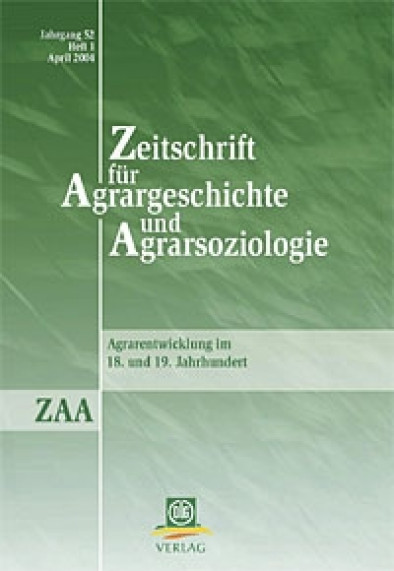Flüchtige und Fahnenflüchtige im ländlichen Raum Galiciens 1850-1975

Fernández Prieto, L.; Cabo Villaverde, M.; Miguez Macho, A.; Garrido Fernández, A.; Buxeiro Alonso, X. (2023): “Flüchtige und Fahnenflüchtige im ländlichen Raum Galiciens 1850-1975”, in Zeitschrift für Agrargeschichte und Agrarsoziologie, nº 71, p. 55-75
The compulsory military service was introduced in Spain in 1837. Resistance to “serving the King” in the countryside adopted sometimes collective forms such as draft riots, but eventually young men tried mostly to evade it through individual acts such as self-mutilation or illegal migration. These strategies contributed to erode the internal solidarity and cohesion of village communities, which had no legal recognition at all in spite of their actual weight in everyday life. The events after the coup of July 1936 and the beginning of the Spanish Civil War must be understood against the background of that tradition. Our case-study is Galicia (NW Spain), a predominant rural region which was controlled by the perpetrators of the coup in a few weeks. Many people, fearing for their lives, fled to the woods, some of them soon creating the first resistance groups against the military Junta and others fleeing into exile. Archival and oral sources allow us to understand their survival strategies. The guerrilla’s action lasted until the mid-1950s and in some individual cases even well into the 1960s. Their survival depended on the local solidarity networks, which were again tested against the State power but at this juncture under the form of a ruthless dictatorship.